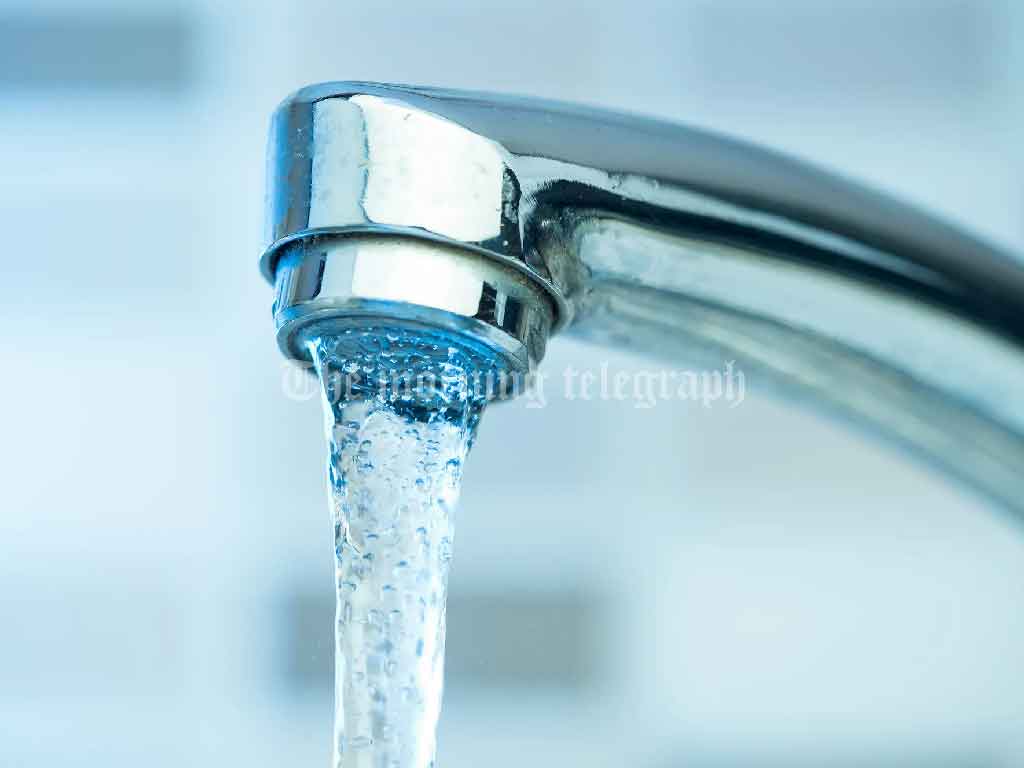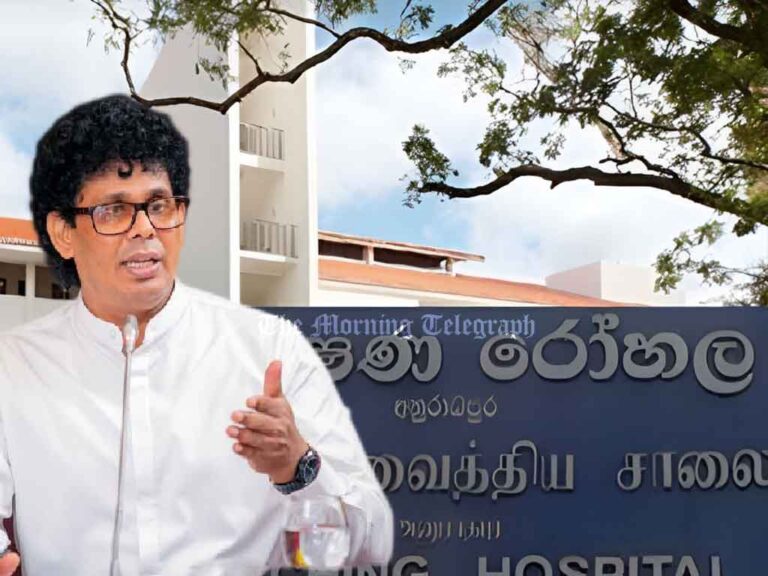
The National Water Supply and Drainage Board (NWSDB) has officially acknowledged that a batch of hydrated lime imported for water purification exceeded the permissible chromium levels, raising concerns about water safety. However, the Board has assured the public that the contaminated stock has not been used in any purification process and remains in storage.
The issue arose following the procurement of 1,500 tons of hydrated lime under contract number SUP&MM/CHEM/HL – 05/2022/18. The open tender was advertised in national newspapers, and the contract was awarded to Ceegreen Engineering (Pvt) Ltd on July 31, 2024, after the supplier’s submitted samples passed pre-shipment quality inspections. According to the Chairman of the NWSDB, a team of officials traveled to inspect the shipment before export, verifying compliance with specified safety and quality standards. Based on this assessment, the shipment was approved for delivery.
However, after the first shipment of 380 tons arrived in Sri Lanka and was stored in the Board’s warehouse, a randomized quality test conducted as part of routine procedures revealed that chromium levels in the lime stock exceeded the maximum allowable limit of 10 mg/kg. Independent tests conducted by both the Board’s internal laboratory and external testing facilities found chromium levels ranging from 11 mg/kg to 14 mg/kg. A joint sample taken with the supplier also confirmed a reading of 11.3 mg/kg, reinforcing concerns that the stock did not meet regulatory safety standards.
As a result, the Board immediately quarantined the shipment, preventing it from being added to the purification process. The second shipment of 209 tons, which arrived under the same contract, is currently undergoing quality testing. The Board has stated that only if this batch meets safety specifications will it be approved for use in water treatment. If both shipments fail to comply with standards, the supplier will be required to replace the contaminated stock and will not receive payment until a satisfactory replacement is provided.
Adding to the controversy, the Sri Lanka Standards Institution (SLSI) recently revised the maximum allowable chromium concentration in hydrated lime, increasing the limit from 10 mg/kg to 12 mg/kg. The NWSDB clarified that this change was made independently by the SLSI and not at the request of the Water Supply Board. This shift has sparked debate over whether regulatory adjustments are lowering safety standards rather than enforcing stricter compliance.
Despite the detection of elevated chromium levels, the Board has emphasized that none of the questionable stock has been introduced into the country’s water purification system. Officials reassured the public that strict quality control measures are in place, ensuring that only safe and compliant purification chemicals are used in treating water.
Concerns over water safety have grown following this revelation, particularly regarding potential long-term health effects of consuming water containing higher chromium levels. Chromium is a heavy metal that, in excessive amounts, has been linked to serious health risks, including kidney disease, respiratory issues, and certain cancers. While the NWSDB follows both national and international safety guidelines, the detection of non-compliant chemical stocks raises important questions about monitoring procedures, supplier accountability, and regulatory oversight.
The NWSDB has urged the public to remain calm, emphasizing that only certified chemicals meeting safety standards will be used in purification processes. The Board reiterated its commitment to providing safe drinking water and stated that it will not allow any harmful substances to enter the supply chain. However, growing scrutiny from public health experts, consumer watchdog groups, and environmental organizations may lead to further investigations into how contaminated shipments were initially approved despite the Board’s quality assurance protocols.
With public confidence at stake, authorities are now expected to tighten regulatory oversight, introduce more stringent monitoring measures, and possibly review the tendering process for water treatment chemicals to prevent similar issues in the future.







